Posted on 12/19/2025

You hit the defog button, crank the heat, and somehow the glass still looks like frosted glass from the inside. Meanwhile, the car around you is getting warmer, but you are still squinting through haze. That icon on the climate panel can do a lot more than most people get out of it, once you know exactly how it is supposed to work. Why Your Windows Fog Up In The First Place Fog on the glass is just moisture in the air condensing on a cold surface. Your breath, wet jackets, rain on your shoes, and even a takeaway coffee all add humidity to the cabin. When that warm, moist air touches cold glass, it cools and drops water on the inside of the windows. It happens fastest on cool, damp days or when you have several people in the car. Recirculate mode makes it worse, because you are trapping moist air inside instead of bringing in drier air from outside. When we inspect climate control complaints, this is one of the most common patterns we see. What The Defogger ... read more
Posted on 11/28/2025
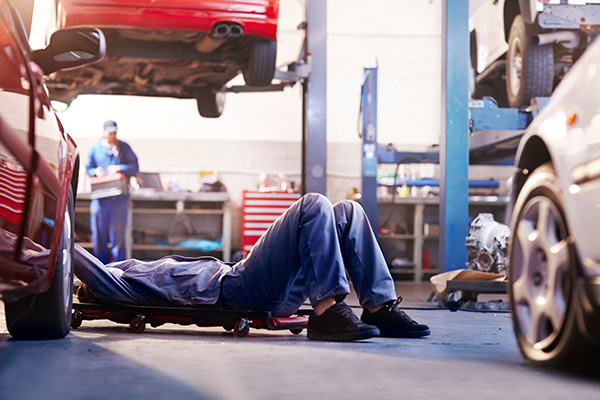
Choosing where to service your car can feel like a big decision. Dealerships and independent shops each bring strengths, and the right choice depends on the problem, the age of the vehicle, and your expectations for cost, speed, and communication. Here is a clear, owner-friendly comparison to help you decide for your next visit in Palo Alto. What the Dealerships Typically Offer Dealership service departments focus on a single brand. That narrow focus means quick access to factory repair information, brand specific tools, and direct lines to technical support. Recalls and warranty campaigns are handled at no cost to you, and complex software development for brand-new models is done in a dealer setting. If your vehicle is still covered by a factory bumper to bumper warranty, the dealer may be the most convenient option for covered repairs. What a Quality Independent Shop Provides Independent shops service many brands every day and build a broad dia ... read more
Posted on 10/31/2025
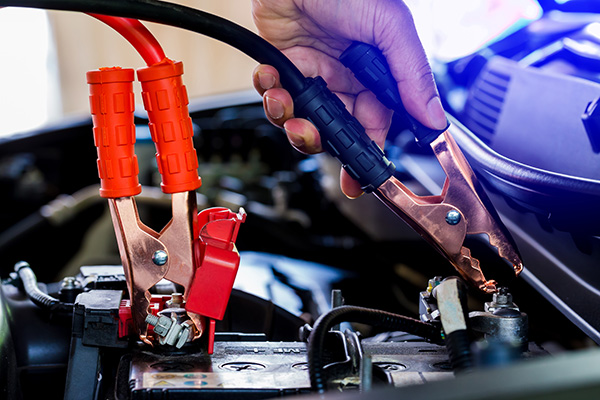
When temperatures drop overnight, your car might start showing problems that weren’t obvious the day before. Maybe it hesitates during startup, a dashboard light flickers on, or the brakes feel a little different. Cold weather doesn’t actually create new problems out of thin air, it just puts extra stress on systems that were already close to failing. What feels fine in mild weather can start acting up when things get frosty. Battery Trouble Is One of the First Signs Your car battery works harder in cold weather. At 32°F, it already loses around 20 percent of its power. Drop the temperature further, and the output drops even more. At the same time, your engine takes more power to crank because the oil is thicker. A battery that was just barely getting by in warm weather might not have enough charge to start the car on a cold morning. Older batteries or ones that haven’t been tested in a while are more likely to struggle. If you hear slow cranki ... read more
Posted on 9/26/2025
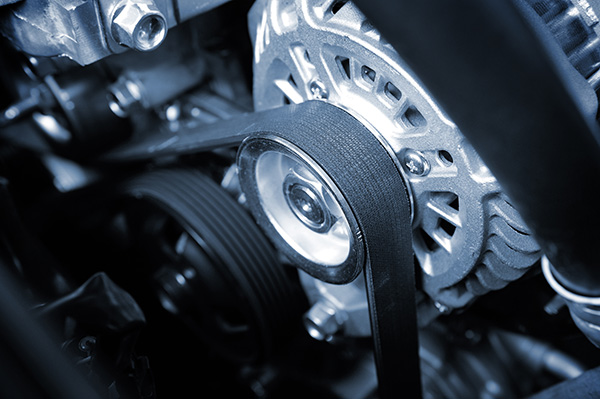
The serpentine belt may not look like much, but it’s a very important component under the hood. It wraps around several pulleys and powers critical systems like the alternator, power steering pump, air conditioning compressor, and in some cars, the water pump. Without it, those systems stop working almost instantly. A worn-out serpentine belt can hold on for a while, but if it breaks while you're driving, the results can be immediate and severe. In some cases, you’ll be able to coast to a stop. In others, your car may stall, overheat, or become impossible to steer. Early Signs Your Serpentine Belt Is Wearing Out Like most parts in your engine bay, the serpentine belt doesn’t fail without warning. There are a few common signs that point to trouble. You might hear a high-pitched squeal during startup or while turning the steering wheel. You may notice flickering lights or a battery warning on your dashboard. Sometimes, there’s visible wear ... read more
Posted on 8/29/2025
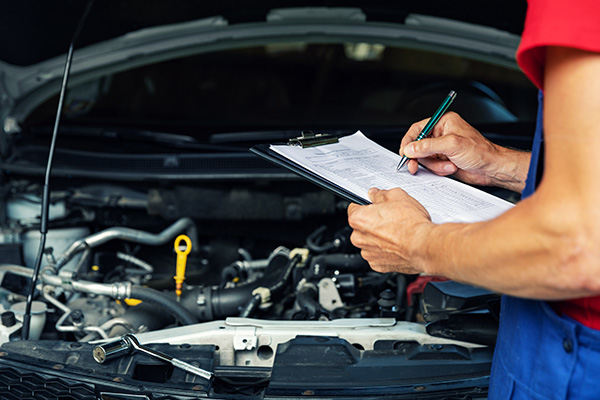
September can feel like a reset month. Vacations wind down, school routines begin, and work schedules return to full speed. It’s also a time when your car deserves a little extra care. Hot summer driving can place significant strain on brakes and batteries. Scheduling a check before the busy fall grind ensures your vehicle can handle the cooler mornings, increased traffic, and upcoming holiday travel. How Summer Heat Affects Your Brakes While many drivers associate brakes with winter safety, summer can be just as challenging for them. Stop-and-go traffic in hot weather creates heat buildup in the braking system. Excessive heat wears down pads faster and can cause rotors to warp. If your car has been driven heavily during summer road trips, now is the time to have a technician measure pad thickness, inspect the rotors, and check for uneven wear. Ignoring these signs might mean longer stopping distances just when traffic picks up again in September. Brak ... read more
Posted on 7/29/2025
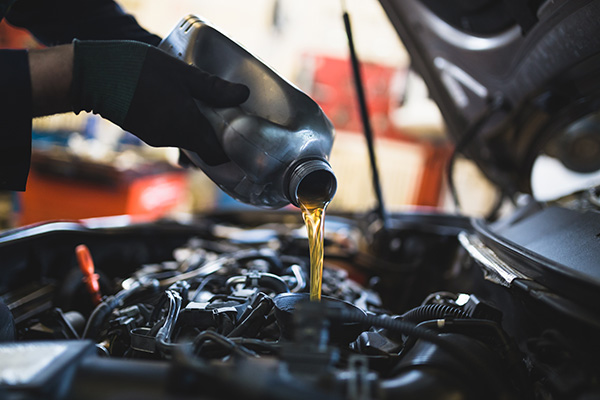
Routine oil changes are one of the simplest yet most important aspects of vehicle maintenance. Despite that, many drivers push their oil change intervals longer than recommended, either due to a busy schedule, cost concerns, or simply forgetting. While skipping one oil change might not ruin your engine overnight, regularly delaying this service can lead to serious and costly consequences over time. Why Engine Oil Matters Engine oil performs several crucial functions. It lubricates moving engine parts, helps regulate engine temperature, reduces friction, and prevents the buildup of harmful sludge. As oil circulates, it also carries away contaminants like dirt and microscopic metal shavings, keeping the engine clean and efficient. Over time, however, oil degrades and becomes less effective. Exposure to heat, combustion byproducts, and contaminants slowly breaks down its viscosity and protective properties. This is why regular oil changes are so vital—they restor ... read more
Posted on 6/27/2025
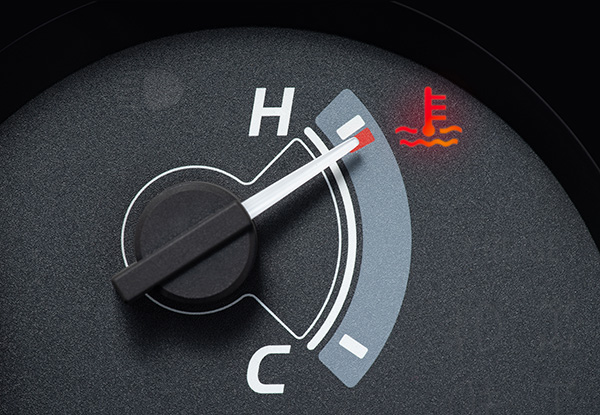
When the low coolant light on your dashboard turns on, it can be tempting to brush it off, especially if your car seems to be driving normally. But that glowing warning is your vehicle’s way of telling you something is wrong, and ignoring it can lead to overheating, engine damage, and expensive repairs. The cooling system plays a critical role in keeping your engine at a safe operating temperature, and without enough coolant, it can’t do its job properly. If the light comes on, the first thing you should do is find a safe place to pull over and let the engine cool. Continuing to drive with a low coolant level can quickly lead to serious problems, especially during warm weather or stop-and-go traffic. What Coolant Does for Your Car Coolant, often referred to as antifreeze, is a specially formulated liquid that circulates through your engine and radiator. It absorbs heat from the engine and carries it away to be dissipated through the radiator. Without thi ... read more
Posted on 5/30/2025
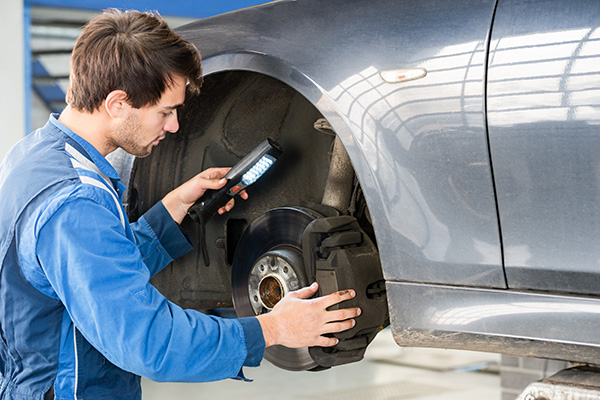
Hearing a high-pitched squeak every time you press the brake pedal can be frustrating and concerning. While some brake noise is normal in certain conditions, consistent squeaking or grinding sounds indicate that your brake system needs attention. Ignoring these warning signs could lead to more expensive repairs or compromised safety. Let’s examine what causes brake squeaks and how to determine whether you need new pads, rotors, or something else. Common Causes of Brake Squeaking The most common reason for squeaky brakes is worn brake pads. Most pads come with small metal tabs called wear indicators. When the pad material wears down to a certain level, these tabs contact the rotor and produce a high-pitched squeal. This sound is your built-in reminder that it’s time to replace the pads before they wear out completely. Another cause could be a buildup of brake dust, dirt, or rust. If your vehicle has been sitting for a few days—especially in damp we ... read more
Posted on 4/28/2025
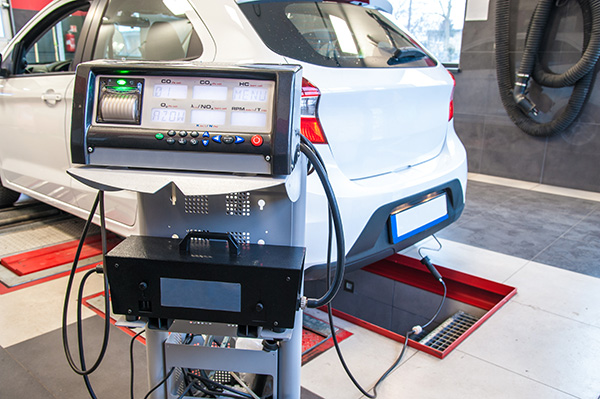
Failing a smog check in California can be frustrating, especially when it delays your vehicle registration. But don’t panic—this is a common issue with clear steps to follow. Whether your car failed for high emissions, a dashboard light, or a readiness monitor issue, knowing what to do next can help you get back on the road quickly and legally. Understand Why It Failed The first step is to read the Vehicle Inspection Report (VIR) you received after the test. This document breaks down whether your car failed for: Excessive tailpipe emissions Onboard diagnostics (OBD) trouble codes Incomplete readiness monitors A lit check engine light Each of these categories tells a different story, and understanding the cause helps determine your next move. If you’re unsure how to interpret the results, a STAR-certified technician can walk you through them. Don’t Ignore the Problem California law requires a passing smog certificate for ... read more